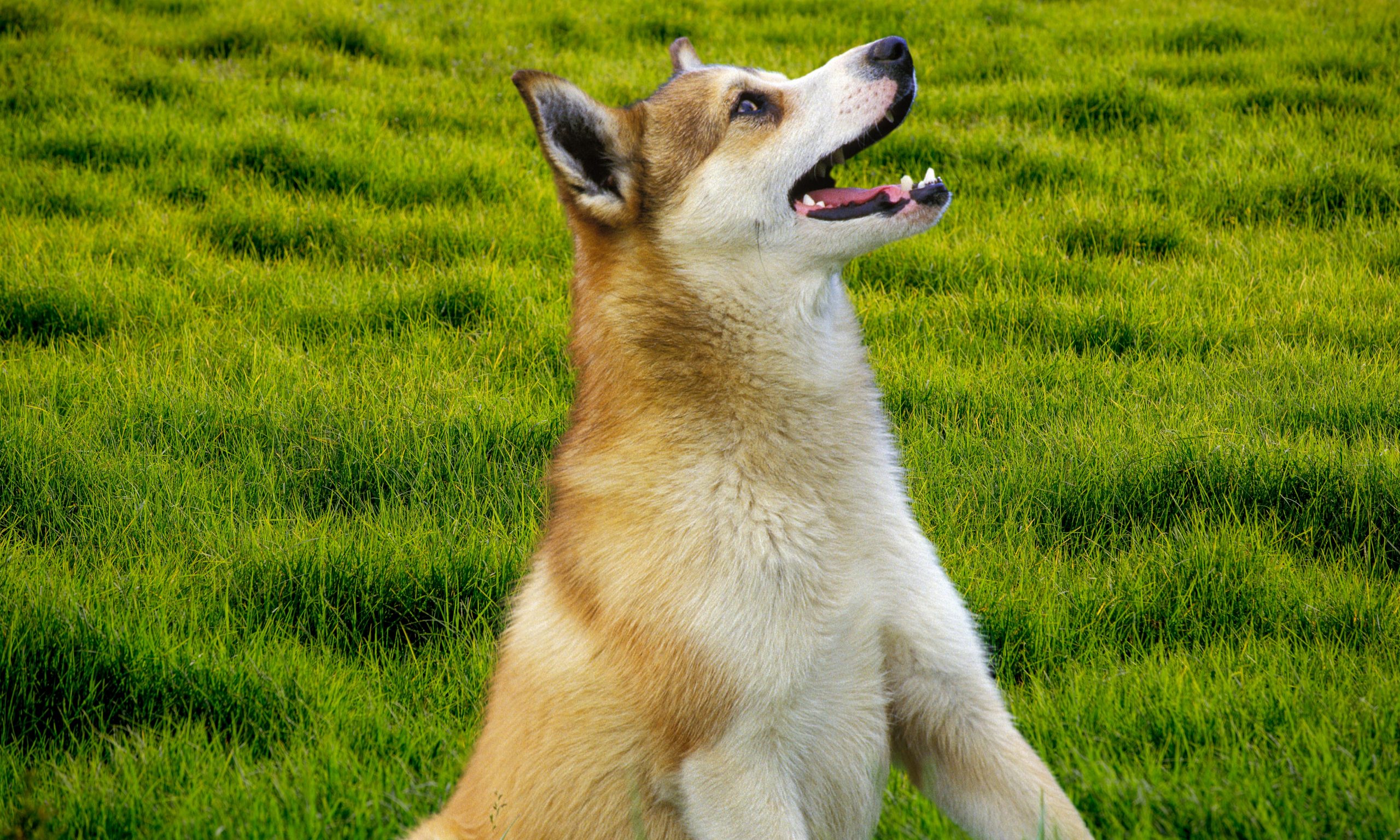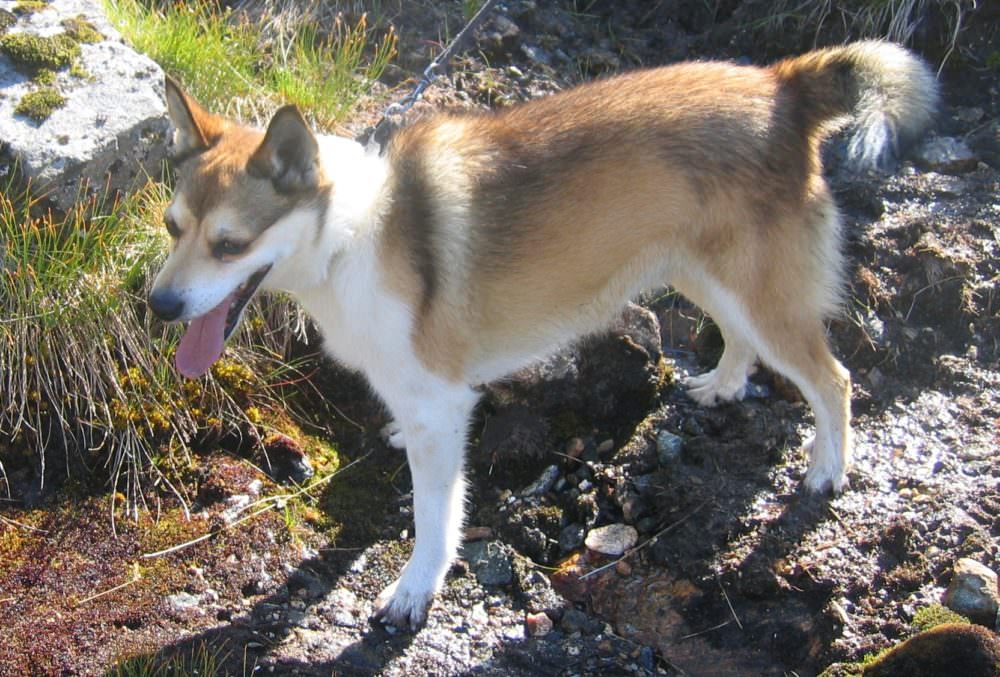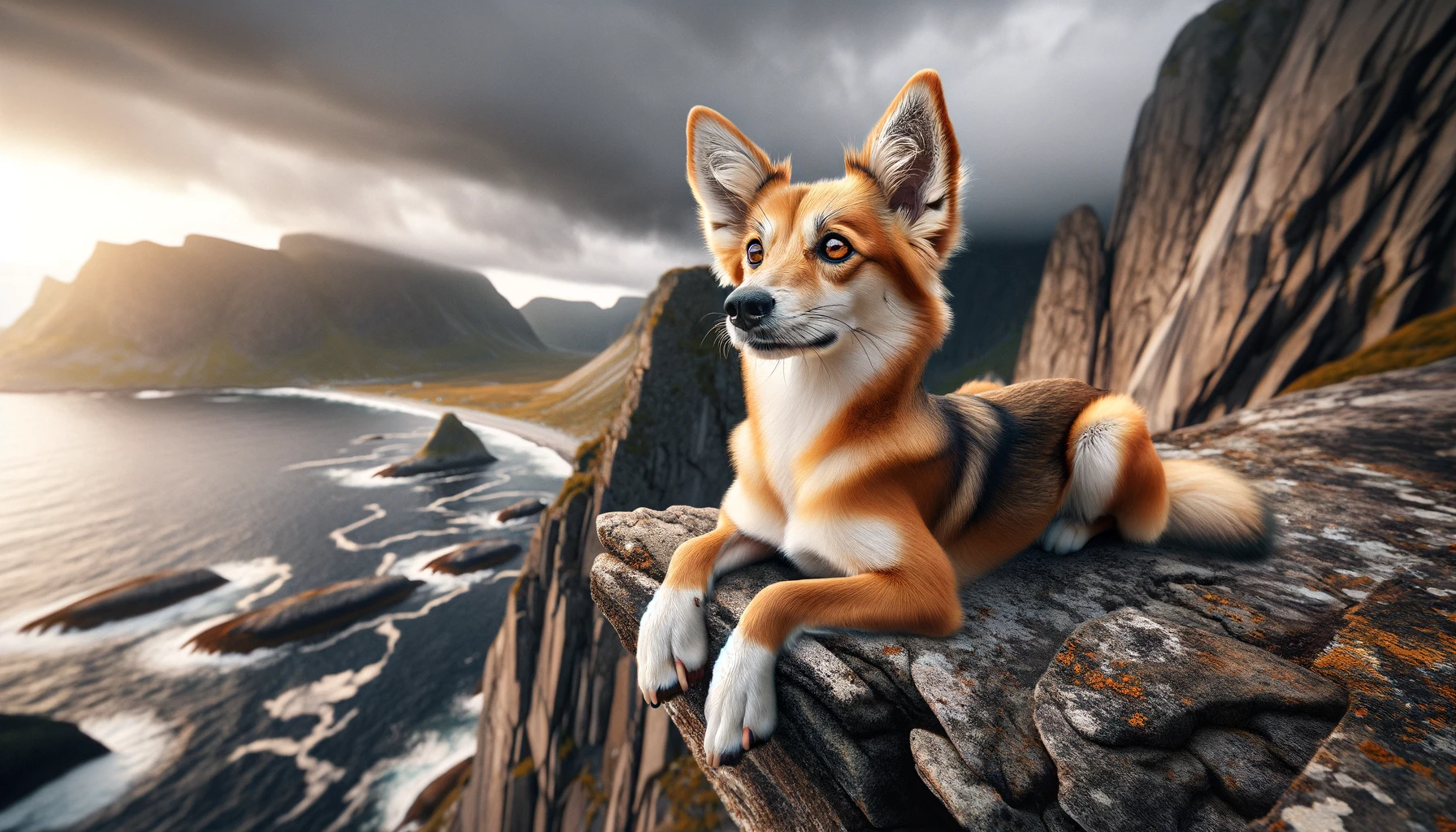Norwegian Lundehund
No products found which match your selection.
Shelter Dog Meal Donation Count:
No products found which match your selection.
The Norwegian Lundehund stands out with its six-toed feet and exceptional flexibility, distinguishing itself as a breed celebrated for agility and hunting skills. This small but loyal companion exhibits a playful and inquisitive demeanor, captivating the hearts of those who meet it.
The Norwegian Lundehund is a small, spitz-type dog, originally bred for hunting puffins on the cliffs of Norway. Their unique anatomy, including six toes on each foot and the ability to close their ear canals, made them exceptionally skilled in navigating the harsh, rocky terrain.

The breed’s origin dates back to the Ice Age. They were invaluable to Norwegian farmers in hunting puffins along coastal cliffs until the 1800s. The puffin bird became a protected species, diminishing the Lundehund’s role, and the breed nearly faced extinction during World War II due to canine distemper. Thanks to dedicated breeders, the Norwegian Lundehund was revived and has since gained recognition for its unique traits and history.




Common Health Issues: Prone to Lundehund Syndrome, a set of digestive disorders. Also susceptible to common canine ailments. Veterinary Care: Regular check-ups and vaccinations are essential.
Coat Care: Their double coat requires regular brushing, especially during shedding seasons. Ears and Nails: Regular ear cleaning and nail trimming are necessary due to their unique structure.
Activity Level: High energy levels require daily exercise. Exercise Needs: They enjoy walks, hikes, and play sessions. Agility training can be particularly beneficial.
Training Approach: Positive reinforcement works best. They respond well to fun, varied training sessions. Socialization: Early socialization is crucial to help them become well-adjusted adults.
Diet: High-quality dog food suitable for their age, size, and activity level. Feeding Schedule: Consistent feeding schedule with measured portions to prevent obesity.
The Norwegian Lundehund is more than just a pet; it's a part of history. Owning one is a unique experience, filled with joy, challenges, and learning. This breed requires dedicated care, but the rewards of their companionship are immeasurable. Whether you're an experienced dog owner or considering your first puppy, the Norwegian Lundehund offers a remarkable blend of history, uniqueness, and affection.
The Norwegian Lundehund, while generally a hardy breed, has some breed-specific health issues to be aware of. Responsible breeding practices and regular veterinary care can help manage these conditions.
By being proactive with health care and staying informed about potential breed-specific issues, owners can help ensure their Norwegian Lundehund lives a long, healthy, and happy life.
The iHeartDogs Free Rx Discount Card Program is a pet prescription discount card that can help you save money on your furry friend’s medications. The card is free to sign up for, and you can use it at participating pharmacies nationwide. To use the free program, simply show the card to your pharmacist when you pick up your pet’s prescription. The pharmacist will then scan the card, and you will receive a discount on the price of the medication.LEARN MORE
The annual cost of caring for a Norwegian Lundehund, like any dog, can vary based on several factors including location, lifestyle, and the individual needs of the dog. However, I can provide a general breakdown of the expenses involved in caring for a Norwegian Lundehund. Keep in mind that these costs are approximate and can vary.
Total Estimated Annual Cost:
$2155 - $7130
It's important to note that these figures are estimates and can vary. Also, the first year of owning a dog can be more expensive due to one-time costs like spaying/neutering, initial vaccinations, and training. Regular budgeting for your dog's needs and an emergency fund for unforeseen costs are essential for responsible pet ownership.